Revised ICDS (Income Computation & Disclosure Standards, Applicable From AY 2017-18) Together With Its Comparison With Respective Accounting Standards
The Finance Act, 1995 empowered the Central Government to notify the Accounting Standards to be followed for computing the income under the head “Profits and Gains of Business or Profession” or “Income from Other Sources”. CBDT recently notified revised Income computation & Disclosure Standards (ICDS) (I to X) which are applicable from PY 2016-17. Under revised ICDS, Individuals and HUF are not subject to Tax audit and also form 3CD for reporting of ICDS adjustments also modified. The notified ICDS were applicable to all assessees following mercantile system of accounting for computation of income chargeable under the head ‘profits and gains from business or profession’ and ‘income from other sources’ from AY 2016-17 onwards.
Let’s go through its related provisions:
Applicability
It is applicable to all assessees following the mercantile system of Accounting (except individual and HUF who are not covered under the tax audit provisions).
| ICDS shall apply to irrespective of the accounting standards adopted by companies i.e. either AS or IND-AS. |
Objective
The introduction of ICDS will help bring increased consistency in computation and reporting of taxable income, reduce litigation and minimize the alternatives provided by the existing AS issued by ICAI.
| The Ministry of Finance deferred the applicability of ICDS by one year (Press Release dated 6 July 2016) for considering the recommendations of Expert Committee and making suitable changes to tax audit forms. As such, the ICDS is now applicable from AY 2017- 18 on wards. |
List of ICDS with corresponding AS:
| Income computation and Disclosure Standards | Corresponding Accounting Standard |
| I (Accounting Policies) | 1 |
| II (Valuation of Inventories) | 2 |
| III (Construction Contracts) | 7 |
| IV (Revenue Recognition) | 9 |
| V (Tangible Fixed Assets) | 10 |
| VI (Effects of changes in Foreign Exchange rates) | 11 |
| VII (Government Grants) | 12 |
| VIII (Securities) | 13 |
| IX (Borrowing costs) | 16 |
| X (Provisions, Contingent Liabilities and Contingent Assets) | 29 |
–
| There are no revisions in ICDS I (Accounting Policies), ICDS VII (Government Grants), ICDS X (Provisions, Contingent Liabilities and Contingent Assets) |
In this write- up, following ICDS are covered with their comparative view with AS as per ICAI. Let’s discuss one by one:
- I (Accounting Policies)
- II (Valuation of Inventories)
- III(Construction Contracts)
- IV (Revenue Recognition)
- V (Tangible Fixed Assets)
ICDS I (Accounting Policies)
The significant deviations from AS – 1 (Disclosure of Accounting Policies) are as under:
- The significant deviations from AS – 1 (Disclosure of Accounting Policies) are as under;
- Accounting policies shall not be changed without reasonable cause.
| Accounting Policies | ||
| Basis of difference | AS- 1 | ICDS- I |
| Concept of Prudence modified | Provision is made for all known liabilities and losses on best estimate basis | Marked to market (MTM) loss or an expected loss shall not be recognised unless permitted by any other ICDS |
| Anticipated profits are not recognized | ICDS silent on recognition of anticipated profits | |
| Materiality omitted | Materiality should be considered while selecting and applying accounting policy | Concept of Materiality not recognized in ICDS |
| Change in accounting policy | Change in accounting policy permitted if (a) required by statute; (b) required for compliance of AS; (c) change results in more appropriate presentation of financial statements | Accounting policies shall not be changed without a “reasonable cause” |
| Disclosure of change in accounting policy | Required in period of change, if impact is not material in current period but material in later periods | Required in period of change and also required in first year in which change has material effect, if impact is not material in current period but material in later periods. |
ICDS II (Valuation of Inventories)
The significant deviations from AS-2 (Valuation of Inventories) are as under:-
- The costs of services shall consist of labor and other costs of personnel directly engaged in providing the service including supervisory personnel and attributable overheads;
- Method of valuation of inventory once adopted cannot be changed, unless there is reasonable cause for doing so;
- As per revised ICDS, standard cost method allowed for convenience if the results approximates the actual cost. The same needs to be reviewed regularly;
- Where it is impracticable to use the costing methods, the retail method can be used in the retail trade for measuring inventories of large number of rapidly changing items that have similar margins. The cost of the inventory is determined by reducing from the sales value of the inventory, the appropriate percentage gross margin;
- In case of dissolution of a partnership firm or Association of Persons (‘AOP’) or Body of Individuals (‘BOI’), value of inventories shall be the net realizable value on the date of dissolution;
- Details of inventories for which standard costing is used and confirmation that standard cost approximates actual cost needs to be provided as a part of disclosure requirements
| Valuation of Inventories | ||
| Basis of difference | AS- 2 | ICDS- II |
| Valuation of service inventory | No specific provision | NA |
| Standard cost method | Inventory valuation methods are (a) first-in, first-out (FIFO); (b) weighted average cost formula; (c) specific identification; (d) retail method; (e) standard cost method | Inventory valuation methods are (a) FIFO; (b) weighted average cost formula; (c) specific identification; (d) retail method; (e) standard cost method |
| Opening inventory | No specific provision | – Value of opening inventory of a business shall be the same as the value of inventory at the end of the immediately preceding financial year
– In case of commencement of business, Cost of inventory on the day of commencement of business will be opening inventory |
| Change in method of inventory valuation | Change permitted if (a) required by statute; (b) required for compliance of AS; (c) change results in more appropriate presentation of financial statements | Method of valuation once adopted shall not be changed without “reasonable cause” |
| Inventory valuation in case of certain dissolutions | No specific provision | In case of partnership firm, AOP or BOI inventory on the date of dissolution shall be valued at NRV, whether or not business is discontinued |
ICDS III (Construction Contracts)
The significant deviations from AS-7 (Construction Contracts) are as under:-
- Contract revenue is to be recognized when there is reasonable certainty of its ultimate collection;
- Contract revenue shall comprise of (a) initial amount of revenue agreed in the contract including retentions and (b) variations in contract work, claims and incentive payments if it can be measured reliably;
- Contract revenue already recognized as income is to be written off as bad debt (and not as an adjustment of the amount of contract revenue) if the collection of that revenue later becomes uncollectible;
- Contract costs shall not be reduced by any incidental income being in the nature of interest, dividend and capital gains (that is not included in contract revenue). The same shall be separately chargeable to tax;
- In case of early stages of contract (i.e upto 25% of the stage of completion), where the outcome of the contract cannot be estimated reliably contract revenue is to be recognized only to the extent of cost incurred. In other words, when a contract crosses 25% of the completion stage, the revenue in respect of such contract shall be required to be recognized.
| Construction Contracts | ||
| Basis of difference | AS- 7 | ICDS- III |
| Recognition of contract revenue | Contract revenue to be recognized if it is possible to reliably measure the outcome of a contract | – The criteria of ‘reliable measurement of outcome of contract’ omitted
– recognized as per provision of ICDS – III |
| Retention money | Silent on treatment of accrual of income | Retention money to be considered as part of contract revenue and revenue to be recognized on POCM basis |
| Allow ability of losses including probable / expected loss | Losses fully allowable irrespective of commencement, stage of completion and expected profits from other independent contracts | – Losses not allowable unless actually incurred and only on POCM basis
– ICDS on accounting policies also does not permit recognition of foreseeable loss |
| Contract Work in progress recognition | Contract cost which relate to future activity shall be recognized as an asset only if recoverability is probable | Contract cost to be recognized as an asset |
| Early stage of contract – Non- recognition of revenue | – Revenue to be recognized only to the extent of recoverable costs
– No profit to be recognized during early stages of contract |
Same as AS, however ICDS objectively defines early stage as not to exceed beyond 25% |
| Pre- construction incidental income | Contract cost may be reduced by any incidental income that is not included in contract revenue | Contract cost shall be reduced by any incidental income (except interest, dividend and capital gains) that is not included in contract revenue |
ICDS IV (Revenue Recognition)
The significant deviations from AS-9 (Revenue Recognition) are as under:-
- Revenue from service contract only to be recognized on percentage completion method as against AS-9 (Revenue Recognition) where both ‘completed service contract method’ and ‘percentage completion method’ is permitted for recognition of revenue from service contract;
- Disclosure requirements similar to construction contract have been prescribed for service contracts;
- When service is provided by an indeterminate number of acts over a specific period of time, revenue may be recognized on straight line basis over the specific period;
- Revenue from service contracts with duration of not more than 90 days may be recognized under completed contract method;
- Interest shall be accrued on the time basis determined by the amount outstanding and the rate applicable. Interest on refund of any tax, duty or cess shall be taxable on receipt basis;
- Revenue from service transactions shall be recognized on percentage completion method. The requirements of ICDS – III, shall mutatis mutandis apply to recognition of revenue from service contracts.
| Revenue Recognition | ||
| Basis of difference | AS- 9 | ICDS- IV |
| Postponement of revenue recognition | Revenue recognition to be postponed if significant uncertainty exists on measurability and collect ability of revenue from sale of goods, rendering of services, interest, royalties and dividends | Revenue to be recognized only if there is reasonable certainty of its ultimate collection from sale of goods and rendering of services |
| Method of revenue recognition for service contracts | – Proportionate completion method or
– Completed service contract method |
– Mandatory to recognize revenue based on Percentage completion method
– ICDS requires application of ICDS III on Construction contracts for recognition of such revenue on mutatis mutandis basis |
| Disclosure requirement | Disclose circumstances in which revenue recognition has been postponed pending significant uncertainties. | Disclosures for amounts not recognized as revenue due to lack of reasonable certainty of its ultimate collection along with nature of uncertainty |
ICDS V (Tangible Fixed assets)
The significant deviations from AS-10 (Accounting for Fixed Assets) are as under:-
- In case of acquisition of a tangible fixed asset in exchange for another asset, shares or other securities, the fair value of the tangible fixed asset so acquired shall be its actual cost;
- There is no concept of revaluation of asset in the ICDS. The same is in conformity with the provision of the Act wherein also the concept of revaluation of assets is not recognized;
- ICDS prescribes disclosure requirement similar to requirement of Tax Audit Report. Even the persons not subject to tax audit have to comply with such disclosure requirement.
| Tangible Fixed assets | ||
| Basis of difference | AS- 10 | ICDS- V |
| Applicability | Fixed assets such as land, building, plant and machinery, vehicles, furniture and fittings, goodwill, patents, trademarks and designs, royalties and dividends | Tangible fixed assets being land, building, machinery, plant or furniture |
| Component of cost | ‘Cost’ of fixed asset comprises its purchase price, non- refundable taxes and any directly attributable cost of bringing the asset to its working condition for its intended use. Trade discount and rebates will be deducted while computing cost. | It has similar definition to AS 10 but words used are ‘actual cost’ as compared to ‘cost’ in AS 10 |
| Stand-by equipment and servicing equipment | AS acknowledges capitalization of stand-by equipment and servicing equipment as a normal practice but does not mandate i | ICDS ‘mandates’ capitalization of stand-by equipment and servicing equipment |
| Machinery spares | – It is ‘usually’ charged to P&L a/c on consumption.
– However, if spares are used only in connection with the item of fixed asset with irregular use then it ‘may’ be appropriate to capitalize |
– It ‘shall’ be charged to P&L a/c on consumption
– However, if spares are used only in connection with the item of fixed asset with irregular use then it ‘shall’ be capitalized |
| Asset acquired against non-monetary consideration | In case of acquisition of fixed asset in exchange for another asset, shares or other securities issued, cost of asset acquired should be recorded either at (a) fair market value of asset given up/shares or securities issued or (b) fair market value of asset acquired, whichever is more clearly evident | In case of acquisition of a tangible fixed asset in exchange for another asset, shares or other securities issued, actual cost of the tangible fixed asset shall be recorded at fair value of tangible fixed asset acquired |
| Assets acquired for consolidated price | Consolidated price to be apportioned to various assets on a fair basis as determined by competent valuers | Consolidated price shall be apportioned to various assets on a fair basis |
| Disclosure requirement | Gross and net book values at beginning and end of year showing additions, deletions and other movements, expenditure incurred in course of construction and revalued amount, if any | Description of assets/block of assets, depreciation rate and allowable depreciation, actual cost / opening WDV and closing WDV showing additions or deduction including adjustment for CENVAT, exchange difference and subsidy, grant or reimbursement |
Tax Audit Forms have been suitably modified to include:
- Adjustments pertaining to ICDS The adjustments pertaining to the ICDS shall be mentioned in clause 13 of appendix- II in Form 3CD as under:
| ICDS No. | Name of the ICDS | Increase in profit (Rs.) | Decrease in profit (Rs.) | Net (Rs.) |
- The disclosure requirements of each ICDS shall form part of Clause 13(f) of the Form 3CD.
| Non-compliance of the said ICDS may result into best judgement assessment as per provisions of section 144 of the IT Act, 1961 in addition to the interest and penalty exposure. |
Also Read- Comparison of Revised ICDS Applicable From AY 2017-18 with Respective Accounting Standards- Part II
Author: C S Ekta Maheshwari is the Author of this article and is Company Secretary by profession. The Author can be reached at csektamaheshwari14@gmail.com
Disclaimer: The entire contents of this article is solely for information purpose and have been prepared on the basis of relevant provisions and as per the information existing at the time of the preparation.. It doesn’t constitute professional advice or a formal recommendation. The author has undertook utmost care to disseminate the true and correct view and doesn’t accept liability for any errors or omissions. You are kindly requested to verify & confirm the updates from the genuine sources before acting on any of the information’s provided herein above.









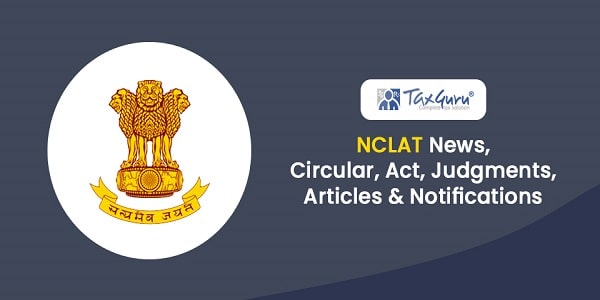







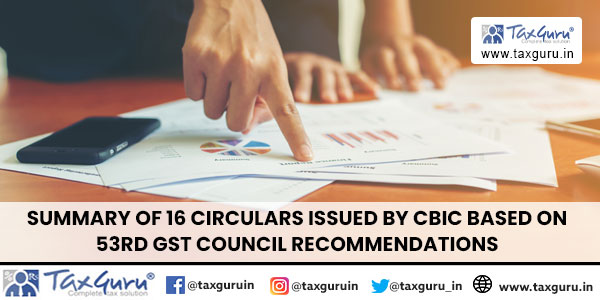

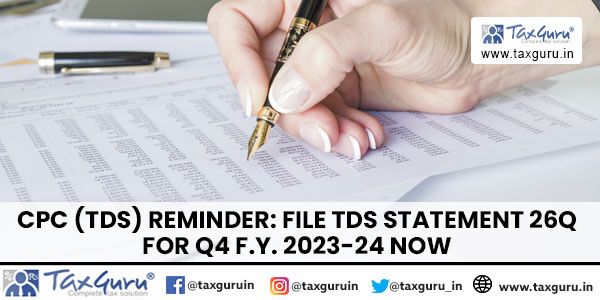

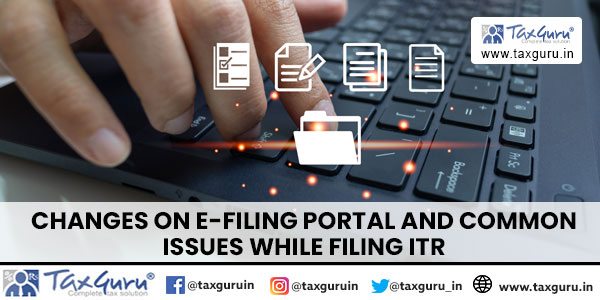
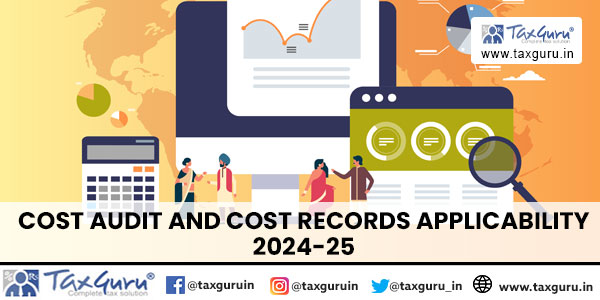









Very Nicely Presented
whether ICDS is applicable on Individual / HUF liable to tax audit u/s 44AB.
very simple and knowledge enhancing article !!